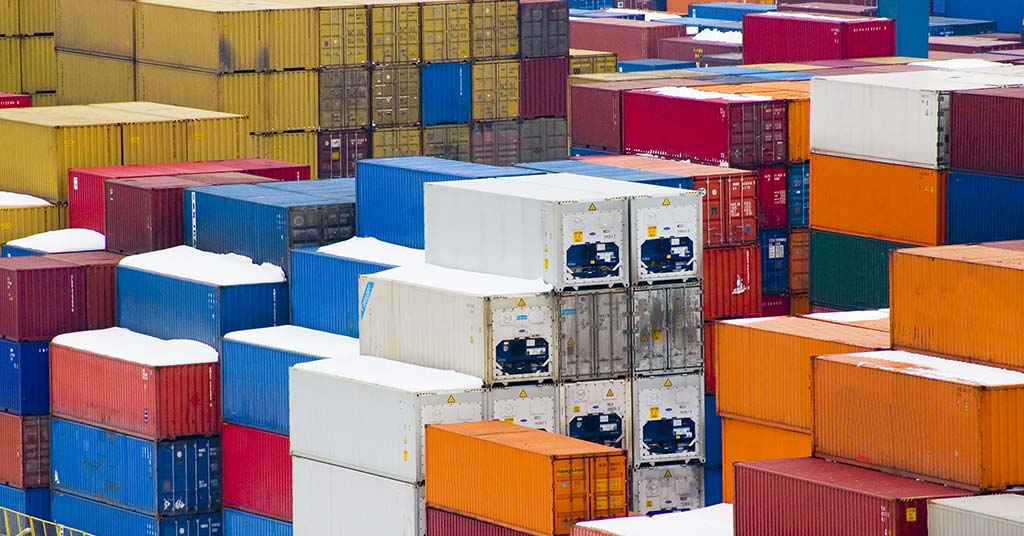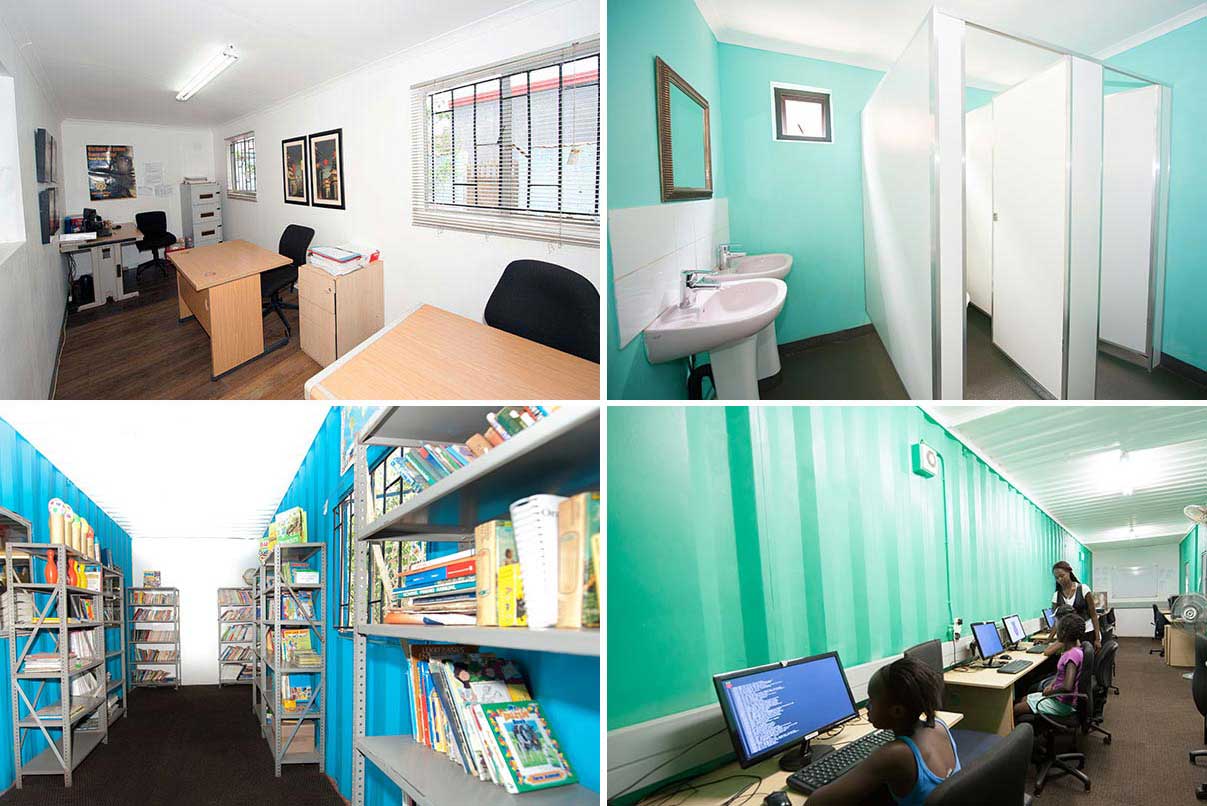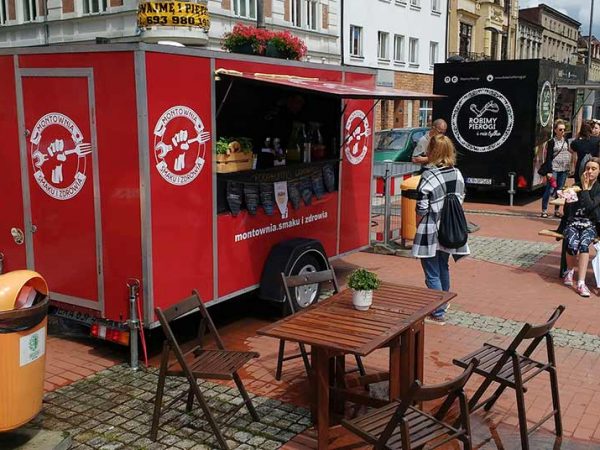
Drive around any port in the world and you’ll see stack upon stack of empty shipping containers.
According to recent estimates, there are more than 12 million unused containers cluttering up valuable inner-city real estate. So why is this occurring?
The basics: trade imbalances mean empty containers accumulate
China’s dominant export economy is a major factor. Hundreds of thousands of containers leave Chinese ports each year, shipping manufactured goods all over the world.
Countries like South Africa, as well as richer markets like the United States and the United Kingdom, are net importers. Put simply, a lot more goods enter our ports than leave them. This means we’re left with a lot of empty shipping containers.
For shipping companies, the cost of transporting empty containers – including inland transportation costs and international shipping costs – is high. In fact, moving the “empties” costs almost as much as moving full containers.
One factor affecting costs is the fluctuating price of oil. When oil is expensive, it becomes more cost-effective for shippers and transport companies to buy new containers – wherever and whenever they’re required – than to relocate empty units.
According to Dr Jean-Paul Rodrigue, the issue is “underlined by the fact that about 2.5 million TEU of containers are being stored empty, waiting to be used. Empties thus account for about 10% of existing container assets and 20.5% of global port handling.”
Environmental issues
Leaving units to rust is not an option. Eventually, as they deteriorate, the containers leach iron oxide and other pollutants into the environment. Rusting stacks of containers are also unsightly. They take up significant space, and devalue property prices in surrounding communities.
Disposing of shipping containers involves melting the steel in huge furnaces – a process that involves a range of hazards to human health and the environment, and that’s not cheap.
So if we can’t leave them and we can’t dispose of them, how do we deal with the problem of empty shipping containers in a responsible and sustainable way? The answer is recycling, repurposing or “upcycling.”
Putting containers to good use

Worldwide overproduction of containers remains a serious issue. Fortunately though, South Africa – and many other countries worldwide – are succeeding in turning a negative to a positive.
Repurposed containers are being used for everything from spaza shops and computer centres to multi-storey housing, restaurants, and ablution blocks. They’re also serving as cost-effective housing for clinics, crèches, libraries, and schools, in poor and remote communities.
Shipping containers have standard dimensions and modular designs. They’re built to withstand heavy loads and extreme weather conditions, can be stacked and are portable. This makes them suitable for a wide range of uses – and every year, it seems that the world comes up with some new ones, from swimming pools to instant garages.
At Big Box Containers, we rent, sell and convert high-quality shipping containers for a range of purposes, from shops to event spaces, computer centres and ablution facilities. We’re also a leading supplier of reefers – refrigerated containers ideal for temperature-sensitive items.



